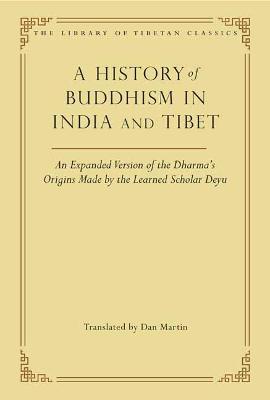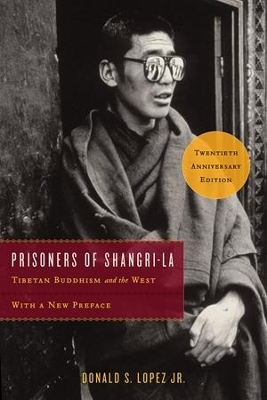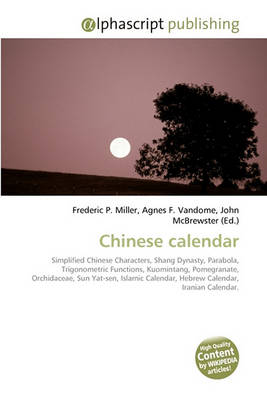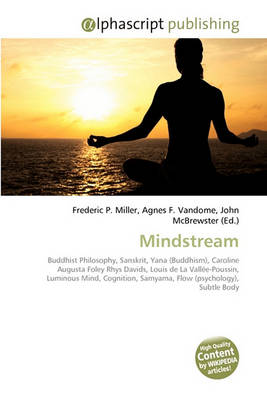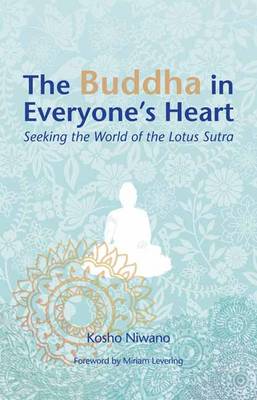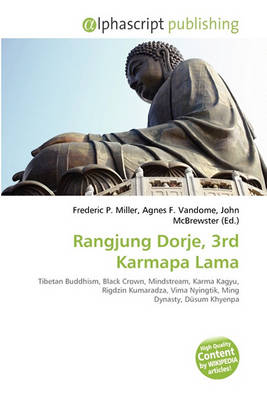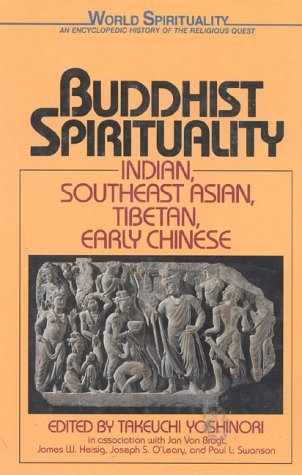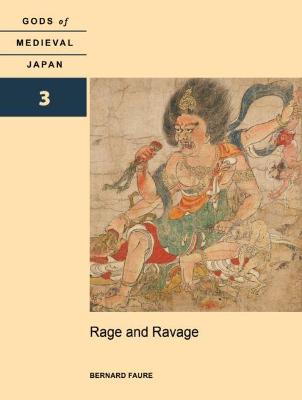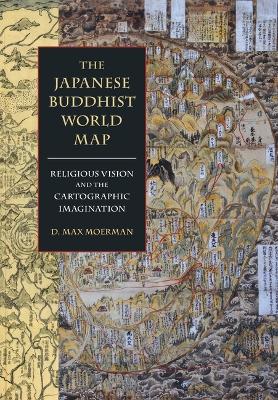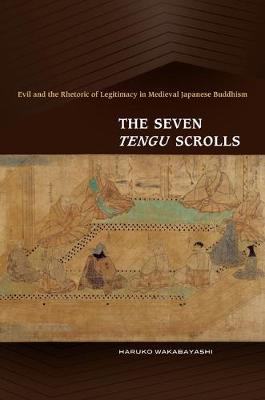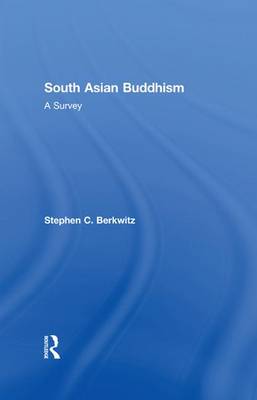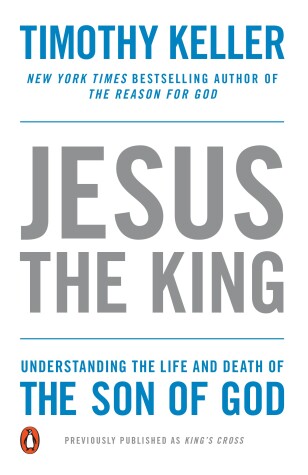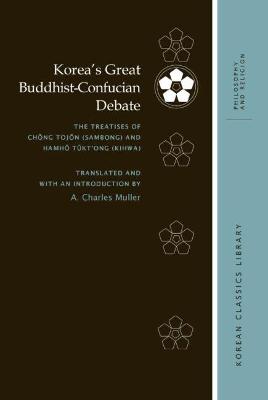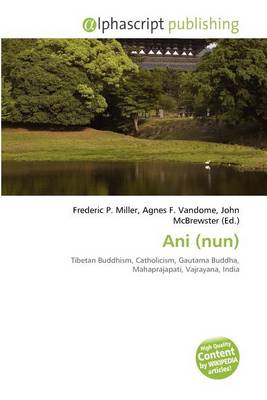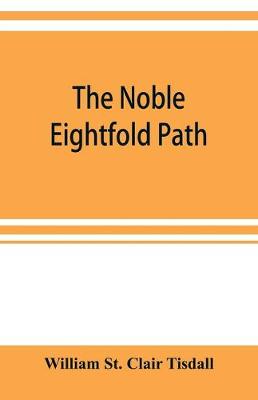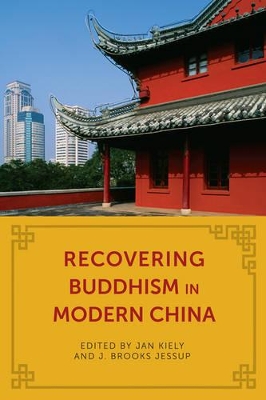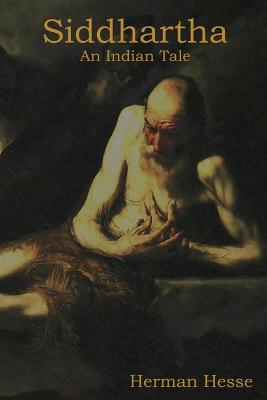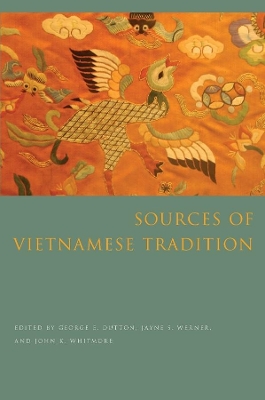Buddhism under Mao shows what kind of a problem Buddhism presented to the Chinese Communists and how they solved it. Relying largely on materials from the Mainland press, Holmes Welch has made what is probably the most detailed study so far available of the fate of a world religion in a Communist country. He describes how Buddhist institutions were controlled, protected, utilized, and suppressed; and explains why the larger needs of foreign and domestic policy dictated the Communists' approach t...
Indian Buddhist Philosophy (Ancient Philosophies)
by Amber Carpenter
Organised in broadly chronological terms, this book presents the philosophical arguments of the great Indian Buddhist philosophers of the fifth century BCE to the eighth century CE. Each chapter examines their core ethical, metaphysical and epistemological views as well as the distinctive area of Buddhist ethics that we call today moral psychology. Throughout, this book follows three key themes that both tie the tradition together and are the focus for most critical dialogue: the idea of anatman...
To the Western imagination, Tibet evokes exoticism, mysticism, and wonder: a fabled land removed from the grinding onslaught of modernity, spiritually endowed with all that the West has lost. Originally published in 1998, Prisoners of Shangri-La provided the first cultural history of the strange encounter between Tibetan Buddhism and the West. Donald Lopez reveals here fanciful misconceptions of Tibetan life and religion. He examines, among much else, the politics of the term "Lamaism," a pejora...
Niels Hemmingsen (1513-1600) is one of the most influential Danish theologians in history. As a professor at the University of Copenhagen, Hemmingsen played an important role in moulding Danish society according to his understanding of Lutheranism during the second half of the sixteenth century. Drawing on sociology of knowledge, cultural memory, and confessional culture, Mattias Skat Sommer examines Hemmingsen's works and life in political and theological contexts. By studying Hemmingsen's role...
Chinese Calendar
by Frederic P Miller, Agnes F Vandome, and John McBrewster
Mindstream
by Frederic P Miller, Agnes F Vandome, and John McBrewster
In this inspiring collection of essays, a young religious leader shares the fruits of her personal study of the teachings of her grandfather, Rev. Nikkyo Niwano (1906--99). Rev. Niwano, founder of the international Buddhist organization Rissho Kosei-kai, was the recipient of the 1979 Templeton Prize for Progress in Religion. A warm and intimate account, The Buddha in Everyone's Heart chronicles Kosho Niwano's continuing work to make knowledge of her grandfather's lifelong vocation available to e...
The Pillars of the First Temple (1 Kgs 7,15-22) (Forschungen zum Alten Testament 2. Reihe, #116)
by Daniel Prokop
The columns referred to as Jachin and Boaz are certainly one of the most controversial features of the First Temple of Jerusalem. In this volume, Daniel Prokop examines the appearance and the meaning of the twin pillars by approaching them from different perspectives. He investigates the epigraphic evidence from Egypt, Mesopotamia, and Syria-Palestine, defines the relationship between the six different descriptions in the Hebrew Bible, and compares the most important textual witnesses of 1 Kgs 7...
Of all the great religions, Buddhism has focused most intensively on that aspect of religion we call spirituality. "In Buddhism, Spirituality is not merely interior reality or a mere escape from ordinary existence. Rather, it aims at cleansing the mind of impurities and disturbances . . . and cultivating such qualities as concentration, awareness, intelligence, will, energy, confidence, joy, (and) tranquility".--from the Introduction. Illustrations.
Written by one of the leading scholars of Japanese religion, Rage and Ravage is the third installment of a milestone project in our understanding of the mythico-ritual system of esoteric Buddhism—specifically the nature and roles of deities in the religious world of medieval Japan and beyond. Bernard Faure introduces readers to medieval Japanese religiosity and shows the centrality of the gods in religious discourse and ritual; in doing so he moves away from the usual textual, historical, and so...
From the fourteenth through the nineteenth centuries Japanese monks created hundreds of maps to construct and locate their place in a Buddhist world. This expansively illustrated volume is the first to explore the largely unknown archive of Japanese Buddhist world maps and analyze their production, reproduction, and reception. In examining these fascinating sources of visual and material culture, author D. Max Moerman argues for an alternative history of Japanese Buddhism—one that compels us to...
This is a study of visual and textual images of the mythical creature tengu from the late Heian (897-1185) to the late Kamakura (1185-1333) periods. Popularly depicted as half-bird, half-human creatures with beaks or long noses, wings, and human bodies, tengu today are commonly seen as guardian spirits associated with the mountain ascetics known as yamabushi. In the medieval period, however, the character of tengu most often had a darker, more malevolent aspect. Haruko Wakabashi focuses in this...
South Asian Buddhism presents a comprehensive historical survey of the full range of Buddhist traditions throughout South Asia from the beginnings of the religion up to the present. Starting with narratives on the Buddha's life and foundational teachings from ancient India, the book proceeds to discuss the rise of Buddhist monastic organizations and texts among the early Mainstream Buddhist schools. It considers the origins and development of Mahayana Buddhism in South Asia, surveys the developm...
Previously published in hardcover as King's Cross The most influential man to ever walk the earth has had his story told in hundreds of different ways for thousands of years. Can any more be said? Now, Timothy Keller, New York Times bestselling author of The Prodigal Prophet and the man Newsweek called a "C. S. Lewis for the twenty-first century," unlocks new insights into the life of Jesus Christ as he explores how Jesus came as a king, but a king who had to bear the greatest burden anyone...
Korea's Great Buddhist-Confucian Debate (Korean Classics Library: Philosophy and Religion)
This volume makes available in English the seminal treatises in Korea's greatest interreligious debate of the fourteenth and fifteenth centuries. On Mind, Material Force, and Principle and An Array of Critiques of Buddhism by Confucian statesman Ch?ng Toj?n (1342-1398) and Exposition of Orthodoxy by S?n monk Kihwa (1376-1433) are presented here with extensive annotation. A substantial introduction provides a summary and analysis of the philosophical positions of both Neo-Confucianism and Buddhis...
The noble eightfold path; Being the James Long Lectures on Buddhism for 1900-1902 A.D.
by William St Clair Tisdall
Recovering Buddhism in Modern China (The Sheng Yen Series in Chinese Buddhist Studies)
Modern Chinese history told from a Buddhist perspective restores the vibrant, creative role of religion in postimperial China. It shows how urban Buddhist elites jockeyed for cultural dominance in the early Republican era, how Buddhist intellectuals reckoned with science, and how Buddhist media contributed to modern print cultures. It recognizes the political importance of sacred Buddhist relics and the complex processes through which Buddhists both participated in and experienced religious supp...
Siddhartha (Shambhala Pocket Library, #31) (Penguin Drop Caps)
by Herman Hesse
Siddhartha is a novel by Hermann Hesse that deals with the spiritual journey of a Nepali man named Siddhartha during the time of the Buddha. The book, Hesse's ninth novel, was written in German, in a simple, powerful, and lyrical style. It was published in the U.S. in 1951 and became influential during the 1960s. Hesse dedicated Siddhartha to Romain Rolland and Wilhelm Gundert. The word Siddhartha is made up of two words in the Sanskrit language, siddha (achieved) + artha (meaning or wealth). Th...
Sources of Vietnamese Tradition (Introduction to Asian Civilizations)
Sources of Vietnamese Tradition provides an essential guide to two thousand years of Vietnamese history and a comprehensive overview of the society and state of Vietnam. Strategic selections illuminate key figures, issues, and events while building a thematic portrait of the country's developing territory, politics, culture, and relations with neighbors. The volume showcases Vietnam's remarkable independence in the face of Chinese and other external pressures and respects the complexity of the V...

